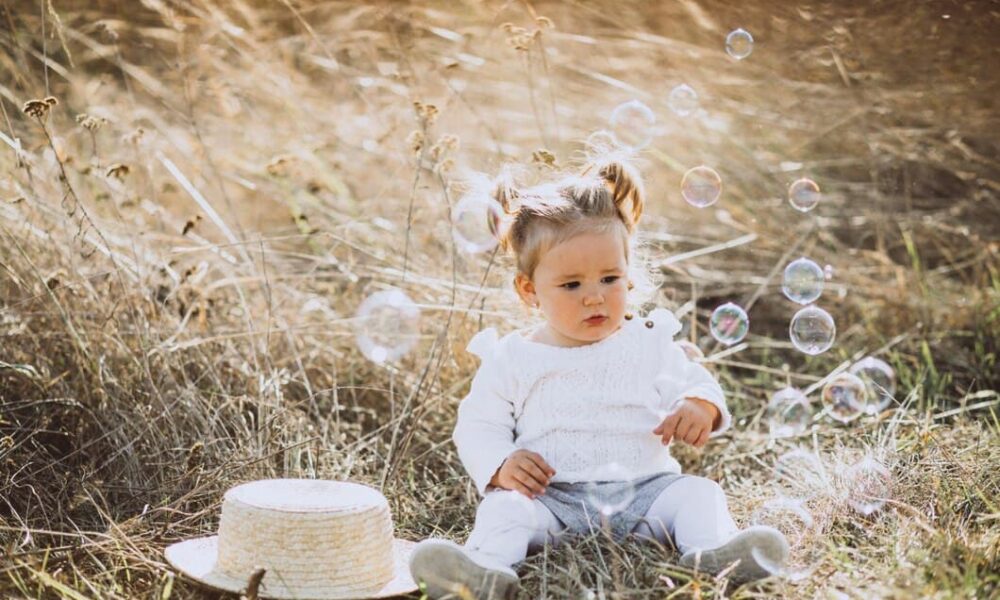Photographing your baby is one of the most rewarding ways to preserve their early moments. The softness of natural light provides a gentle and timeless quality that’s perfect for capturing their innocence and beauty. While it may seem challenging at first, with a few simple tips and a bit of practice, you can create stunning baby photos using nothing but natural light and your camera or smartphone. Here’s how.
Why Natural Light is Perfect for Baby Photography
Natural light creates a soft, warm glow that complements a baby’s delicate features. Unlike artificial lighting, which can be harsh and unflattering, natural light is diffused, reducing shadows and enhancing skin tones. It’s also safer, as there are no bright flashes to startle or discomfort your baby. Using natural light also allows you to shoot in various settings, such as by a window, outdoors, or in shaded areas. This versatility ensures your photos will have a natural and authentic feel, free from the artificial look often created by studio setups.
Choosing the Best Time of Day
The time of day significantly impacts the quality of natural light. Early mornings and late afternoons, known as the “golden hours,” offer soft, warm lighting that is perfect for photography. During these times, the sun is low in the sky, casting a gentle glow that enhances your baby’s features. Midday light can be harsh and create strong shadows. If you must shoot during this time, opt for shaded areas or position your baby near a window with sheer curtains to diffuse the light. Overcast days are also ideal, as the clouds act as a natural diffuser, softening the light and reducing harsh contrasts.
Setting the Scene
A simple, uncluttered background keeps the focus on your baby. Neutral colours and soft textures, such as a plain blanket or a cosy bedspread, work well to complement the softness of natural light. You can also incorporate meaningful props, like a favourite toy or a family heirloom, to add a personal touch. Position your baby near a window to make the most of the available light. For even lighting, ensure the light source is diffused, either through curtains or by angling your baby away from direct sunlight. Experiment with different angles to find the most flattering light.
Mastering Angles and Composition
Find the Right Angle
When photographing your baby, the angle can make all the difference. Shooting from above is a classic choice, as it captures their face and tiny details like hands and feet. To achieve this, stand over your baby while ensuring they are comfortable and safe.
Another effective angle is at eye level. This perspective creates a more intimate connection between the viewer and the subject, drawing attention to your baby’s expressions and features. Lie on the floor or place your camera at the same height as your baby to achieve this.
Compose Thoughtfully
Composition plays a crucial role in creating visually appealing photos. The rule of thirds is a simple yet effective guideline to follow. Imagine your frame divided into nine equal sections by two horizontal and two vertical lines. Position your baby along these lines or at the intersections to create balance and draw the viewer’s eye to the subject.
Framing is another technique to consider. Use elements like doorways, windows, or blankets to frame your baby within the shot, adding depth and focus to your composition.
Capturing the Right Moment

Babies are unpredictable, and their best moments often happen spontaneously. Keep your camera or smartphone ready to capture those fleeting expressions, giggles, or yawns. Patience is key; take your time and observe your baby’s natural movements and behaviours.
Interactive moments, such as playing with a favourite toy or cuddling with a parent, also make for heartwarming shots. Encourage natural expressions by talking or singing to your baby, creating a relaxed and happy atmosphere.
Editing to Enhance Your Photos
Post-processing can elevate your photos, enhancing their natural beauty. Use editing apps like Lightroom Mobile or Snapseed to adjust brightness, contrast, and colour balance. Subtle edits, such as softening shadows or enhancing highlights, can make a significant difference while keeping the image looking natural.
Avoid heavy filters that can detract from the authenticity of your photos. The goal is to enhance the natural light and your baby’s features, not to overshadow them with over-editing.
Practical Applications of Baby Photography Skills
Beautiful baby photos aren’t just for personal memories; they can also serve as thoughtful gifts or decorations. For instance, creating photo books or prints for family members allows you to share your precious moments in a tangible way. Additionally, skills learned in baby photography can translate to other creative projects.
Safety Tips for Baby Photography
Always prioritise your baby’s safety during photo sessions. Ensure they are comfortable and never place them in precarious positions. If you’re shooting outdoors, protect them from direct sunlight and harsh weather conditions. Keep the sessions short to avoid overstimulating or tiring your baby.
Conclusion
Taking beautiful photos of your baby with natural light is a rewarding and achievable goal. By understanding the qualities of natural light, mastering angles and composition, and capturing genuine moments, you can create timeless images that preserve the essence of your baby’s early days. With a bit of practice and creativity, you’ll soon find yourself capturing stunning photos that you and your family will cherish forever. Let the softness of natural light guide you, and enjoy the process of documenting these precious moments.
